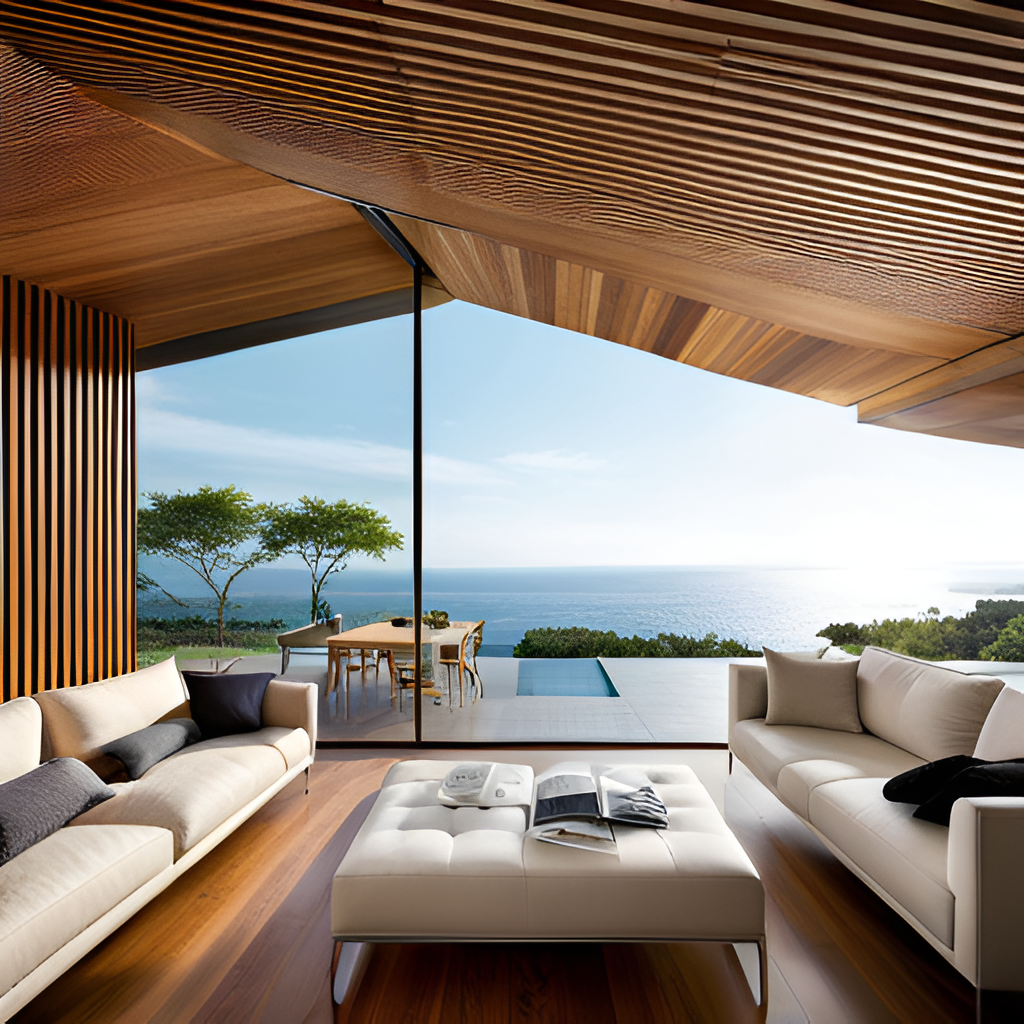Energy efficiency is a crucial aspect of sustainable architecture design, and it plays a significant role in reducing a building’s overall energy consumption and its associated carbon footprint. To achieve this goal, architects can integrate energy-efficient systems and products into their designs.
One of the most commonly used energy-efficient systems is LED lighting. LED lighting is significantly more energy-efficient than traditional lighting systems and can last up to 25 times longer (1). Additionally, architects can incorporate natural daylighting strategies to reduce the need for artificial lighting altogether. This can include designing spaces with ample windows, skylights, and clerestory windows.
Solar panels are another energy-efficient system that can be incorporated into building design to reduce energy consumption. By converting sunlight into electricity, solar panels can help power a building and reduce the reliance on nonrenewable energy sources. Additionally, solar panels can also help reduce energy costs over the lifetime of the building.
Geothermal heating and cooling systems are another energy-efficient system that can be incorporated into building design. These systems use the constant temperature of the earth to provide heating and cooling, resulting in significant energy savings compared to traditional heating and cooling systems.
Energy-efficient appliances, such as refrigerators, washing machines, and dishwashers, can also be incorporated into building design. These appliances are designed to use less energy and water than traditional models, resulting in lower energy costs for the building’s occupants.
Finally, energy-efficient windows and insulation can be incorporated into building design to reduce heat loss and gain. These products can help maintain a comfortable indoor temperature while reducing the need for artificial heating and cooling.
By incorporating these energy-efficient systems and products into building design, architects can significantly reduce a building’s energy consumption and operating costs while promoting a more sustainable and environmentally friendly building.
References:
- U.S. Department of Energy. (2021). Energy Saver Guide: Tips on Lighting. Retrieved from https://www.energy.gov/sites/default/files/2021-08/ES-EE%20Lighting_080921.pdf
- U.S. Department of Energy. (n.d.). Geothermal Heat Pumps. Energy.gov. Retrieved November 22, 2021, from https://www.energy.gov/energysaver/geothermal-heat-pumps
- U.S. Department of Energy. (n.d.). Efficient Home Design. Retrieved from https://www.energy.gov/energysaver/efficient-home-design
